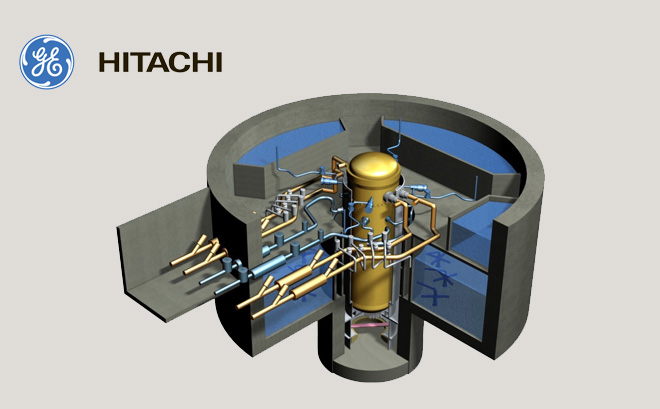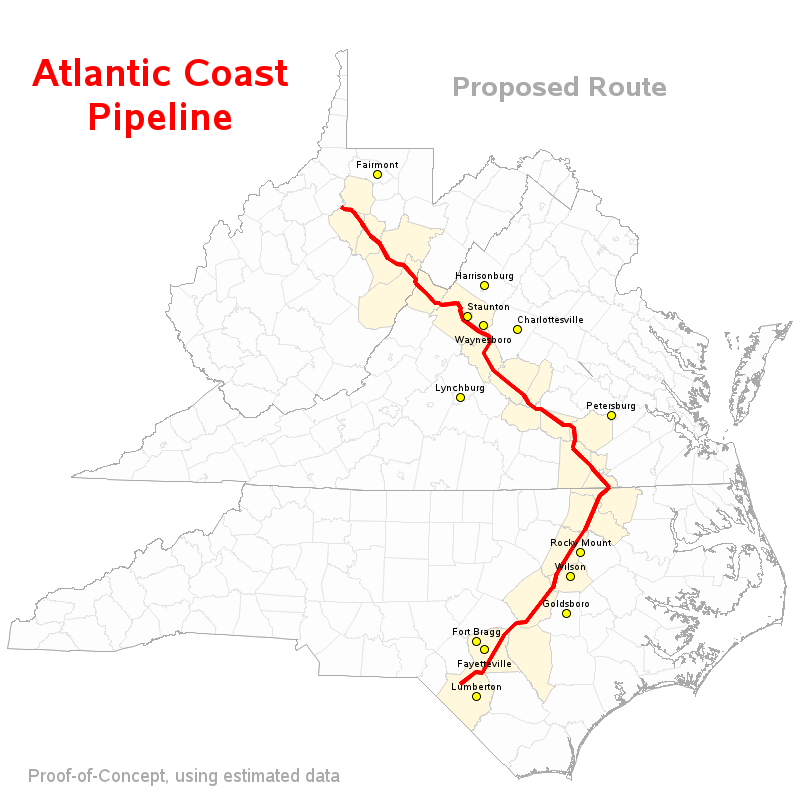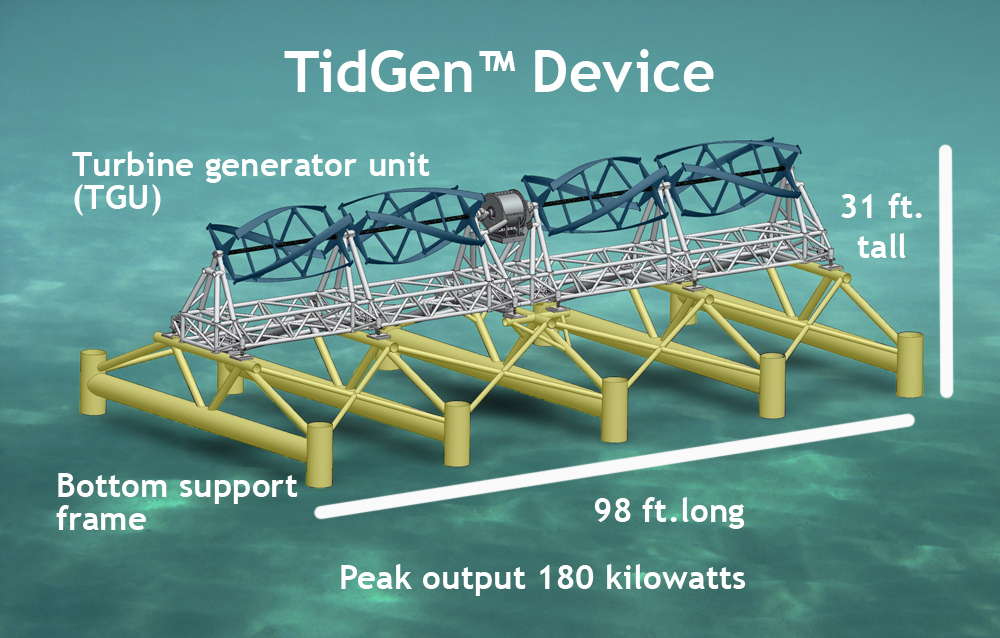
The study examined more than 3,500 reports, studies, articles and other sources. It said that more than 25,000 wells were fracked each year between 2011 and 2014. EPA determined that there were about 6,800 public water systems within a mile of a fracked well.
Both supporters and opponents of fracking seized on the results. The draft report shows that “hydraulic fracturing is being done safely under the strong environmental stewardship of state regulators and industry best practices,” according to Erik Milito, director at the American Petroleum Institute. But Michael Brune, executive director of the Sierra Club, said the report vindicated arguments against the technique. “The EPA’s water quality study confirms what millions of Americans already know — that dirty oil and gas fracking contaminates drinking water,” he said.
More: The New York Times
Cardin Introduces Bill to Close Fracking ‘Loopholes’

A U.S. senator has introduced a bill that will close what he calls “loopholes” that exempted some of the processes used in hydraulic fracturing from the Clean Water Act.
Sen. Ben Cardin (D-Md.) introduced the Focused Reduction of Effluence and Stormwater Runoff Through Hydraulic-Fracturing Environmental Regulation (Fresher) Act. Exemptions in 1987 and 2005 exempted fracking from certain provisions of the Clean Water Act involving collection and disposal of stormwater runoff and byproducts.
Environmentalists applauded the measure. “It’s well past time for the oil and gas industry to be held accountable to our core environmental laws,” Rachel Richardson, director of Environment America’s Stop Drilling Program, said in a statement.
More: The Hill
House Bill Would Cut EPA Budget by 9%

The bill, made public by the House Appropriations Committee, also covers the Department of the Interior and the Smithsonian Institution, as well as other agencies. Altogether, it set spending at $30.2 billion, about $246 million below last year’s budget and $3 billion less than the Obama administration requested.
“These reductions will help the (EPA) streamline operations, and focus its activities on core duties, rather than unnecessary regulatory expansion,” the committee said in a press release.
More: Associated Press
DTE Energy Gets NRC Nod to Build New Reactor

The Nuclear Regulatory Commission has approved DTE Energy’s plan to build and operate a new reactor at its Fermi site. Although the company has not yet committed to go ahead with the project, NRC approved plans to build a third unit at the existing 1,170-MW plant near Newport, Mich.
DTE is considering building a GE-Hitachi Nuclear Energy Economic Simplified Boiling Water Reactor (ESBWR) that will be rated at approximately 1,535 MW. It has passive safety features, such as the ability to cool itself for a week in the case of a complete power loss.
The company worked six and a half years to attain the combined operation license. The project is the fifth reactor nationwide to receive a combined license. “The potential of additional nuclear energy gives us the option of reliable, baseload generation that does not emit greenhouse gases,” said Steven Kurmas, DTE’s president and COO.
More: Zacks; Energy Online; Detroit Free Press
Entergy to Appeal ‘White’ Finding Levied by NRC at Pilgrim

“One of the complications during the shutdown involved the use of safety relief valves to reduce reactor vessel pressure as part of the reactor cool down process,” according to the NRC report. “During attempts to open one of the plant’s safety relief valves, the valve did not open based on observed system response. Plant operators safely completed the cool down using two other of the plant’s four safety relief valves.”
The inspectors said the operators should have anticipated the safety valve issue. Entergy says it has addressed all the safety concerns raised by the report, and that it will seek to have the “white” finding reduced.
More: Mattapoisett Sentinel
Atlantic Coast Pipeline Opponents Say Meeting Transcripts Garbled

In many cases, opponents say, their transcribed comments from a March 18 meeting in Nelson County, Va., were so “garbled” that it is “literally incomprehensible,” according to Joanna Salidis, president of Friends of Nelson.
One resident said at the meeting: “The one-mile swath of pipeline proposed for Shannon Farm would tear up sensitive wetlands and plow through the climax breech forest in our designated wilderness area. It would disrupt our organic gardens, where some members … grow a sizeable portion of their food.”
The FERC transcript reads: “The one hot swath of pipeline proposed for Shannon Farm would tear up sensitive wetlands and plow through the planet’s beech forests in our designated wilderness area and would destruct our organic environments for some members … for a sizeable portion of their food.”
“Again, we see that the agency charged with evaluating whether the ACP’s benefit to the public outweighs its harm does not take public concerns seriously,” Salidis said.
More: Daily Progress
Tidal Power Project Asks for 2-Year License Extension

The 300-kW Cobscook Bay Tidal Energy Project, run by Ocean Renewable Power Co., received its license in 2012 and began operations later the same year. Its license was granted as a pilot project, used to study the effect on ocean life and to test hydrokinetic technology.
Pilot licenses are granted to small, short-term projects that must be removable or able to be terminated at short notice. The Cobscook Bay project is ongoing, but the company wants an extension instead of a new license. Although it has been online since 2012, the technology is not suitable for commercial applications.
More: HydroWorld (subscription required)